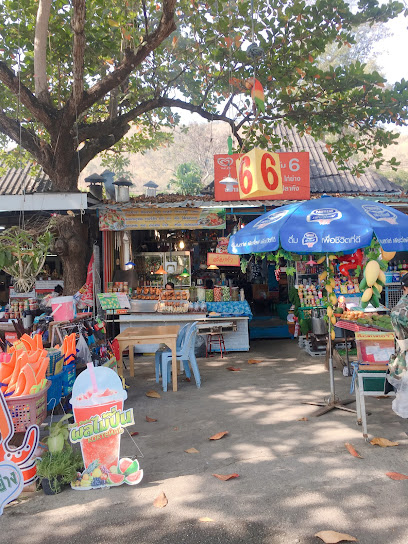
The Enchanting Erawan National Park
Discover Erawan National Park: Thailand's natural gem with breathtaking seven-tiered waterfalls, lush greenery, and fascinating caves.
Erawan National Park in Thailand is a natural haven that mesmerizes with its lush greenery and cascading waterfalls. Located in the Kanchanaburi Province, this park covers an area of 550 square kilometers, offering a diverse array of flora and fauna. The park is named after the Erawan Waterfall, which is the main highlight and resembles the three-headed white elephant from Hindu mythology. Erawan Waterfall is a seven-tiered waterfall, each tier offering its own unique beauty and charm. Visitors can hike through the forest trails to explore each level, enjoying the serene surroundings and refreshing pools. The turquoise waters of the falls are perfect for a cooling dip, especially after a long hike. Keep an eye out for the resident monkeys and other wildlife that inhabit the park. Beyond the waterfalls, Erawan National Park is also home to numerous caves, including Phra That Cave, which features impressive stalactites and stalagmites. The park offers various trails that cater to different fitness levels, making it accessible to all nature lovers. Whether you’re an avid hiker or just looking to relax in nature, Erawan National Park provides a tranquil escape from the hustle and bustle of city life.
Local tips in Erawan National Park
- Visit early in the morning to avoid crowds and enjoy the serene atmosphere.
- Wear comfortable hiking shoes as the trails can be slippery and uneven.
- Bring swimwear to enjoy a refreshing dip in the waterfall pools.
- Pack a picnic as there are designated areas for lunch with beautiful views.
- Keep an eye on your belongings as monkeys are known to take unattended items.
- Check the weather forecast before your visit, as heavy rains can make trails difficult to navigate.
The Enchanting Erawan National Park
Erawan National Park in Thailand is a natural haven that mesmerizes with its lush greenery and cascading waterfalls. Located in the Kanchanaburi Province, this park covers an area of 550 square kilometers, offering a diverse array of flora and fauna. The park is named after the Erawan Waterfall, which is the main highlight and resembles the three-headed white elephant from Hindu mythology. Erawan Waterfall is a seven-tiered waterfall, each tier offering its own unique beauty and charm. Visitors can hike through the forest trails to explore each level, enjoying the serene surroundings and refreshing pools. The turquoise waters of the falls are perfect for a cooling dip, especially after a long hike. Keep an eye out for the resident monkeys and other wildlife that inhabit the park. Beyond the waterfalls, Erawan National Park is also home to numerous caves, including Phra That Cave, which features impressive stalactites and stalagmites. The park offers various trails that cater to different fitness levels, making it accessible to all nature lovers. Whether you’re an avid hiker or just looking to relax in nature, Erawan National Park provides a tranquil escape from the hustle and bustle of city life.
When is the best time to go to Erawan National Park?
Unmissable attractions to see
Mallika R.E 124
Experience the vibrant culture and rich traditions of Thailand at Mallika R.E 124, a captivating cultural center in Kanchanaburi.
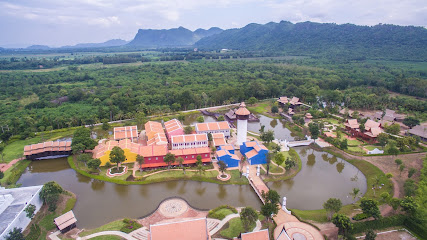
Safari Park Kanchanaburi
Explore the captivating Safari Park Kanchanaburi, a wildlife haven offering adventure, education, and unforgettable experiences in nature.
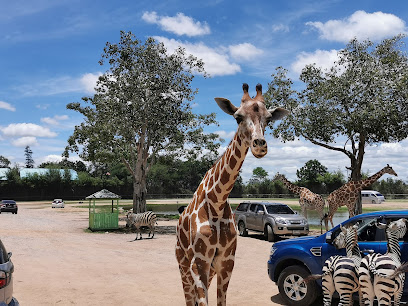
Mueang Sing Historical Park
Explore the majestic ruins and lush landscapes of Mueang Sing Historical Park, a hidden gem in Kanchanaburi, Thailand, rich in Khmer heritage.
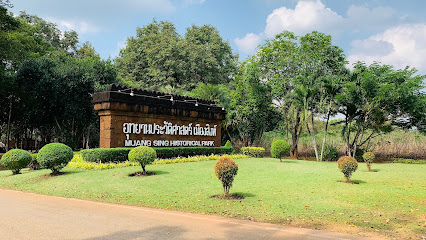
Elephants World
Explore Elephants World in Kanchanaburi, Thailand, a unique sanctuary dedicated to the rescue and care of elephants, promoting conservation and ethical tourism.
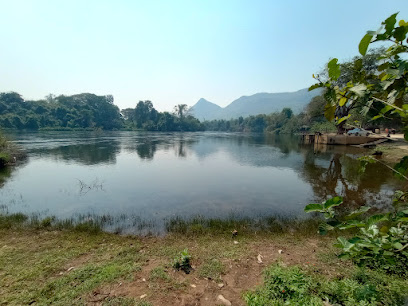
Taweechai Elephant Camp
Discover the magic of elephants at Taweechai Elephant Camp, where adventure meets conservation in the heart of Kanchanaburi, Thailand.
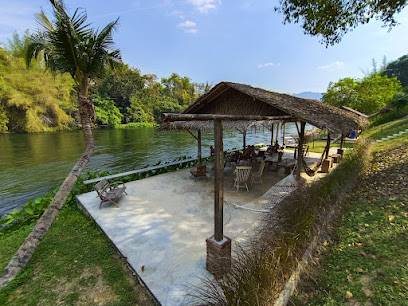
Elephant Haven Thailand
Experience the beauty and compassion of Elephant Haven Thailand, a sanctuary dedicated to the rescue and rehabilitation of majestic elephants.
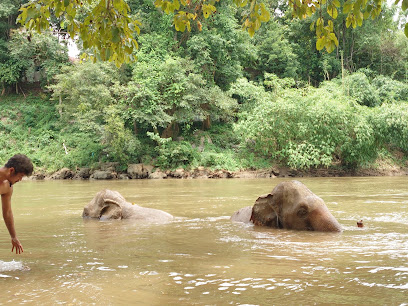
Elephant Camp Chang Wang Pho
Experience the wonders of nature at the Elephant Camp in Chang Wang Pho, Kanchanaburi. Engage with majestic elephants in a serene setting.
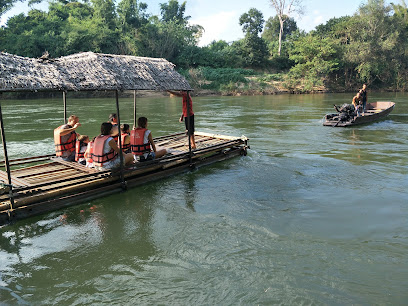
The Nine Army Battle Historical Park
Explore the rich military history of Thailand at The Nine Army Battle Historical Park in Kanchanaburi, where the past meets stunning landscapes.

Time Memorial Park
Explore Time Memorial Park in Kanchanaburi: A serene state park blending nature and history for an unforgettable experience.
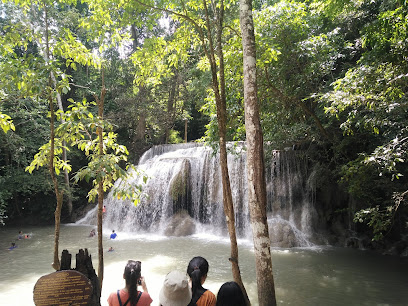
Wat Mo Thao
Experience the serenity and beauty of Wat Mo Thao, a stunning Buddhist temple in Kanchanaburi, Thailand, perfect for cultural exploration and spiritual reflection.
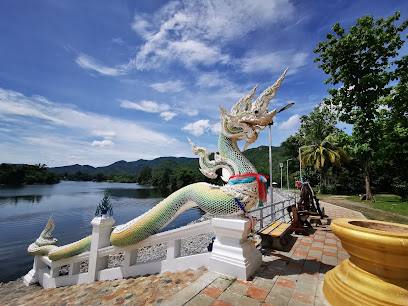
Than Lot Noi Cave
Discover the enchanting Than Lot Noi Cave in Kanchanaburi, where stunning limestone formations and natural beauty await every adventurous traveler.
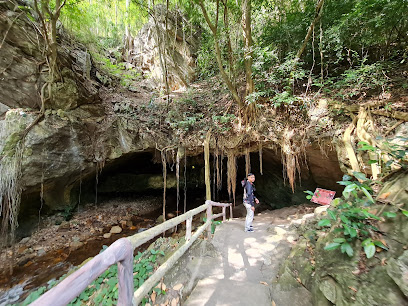
Wat Tha Kradan
Explore the serene beauty of Wat Tha Kradan, a tranquil Buddhist temple in Kanchanaburi, Thailand, perfect for reflection and cultural immersion.
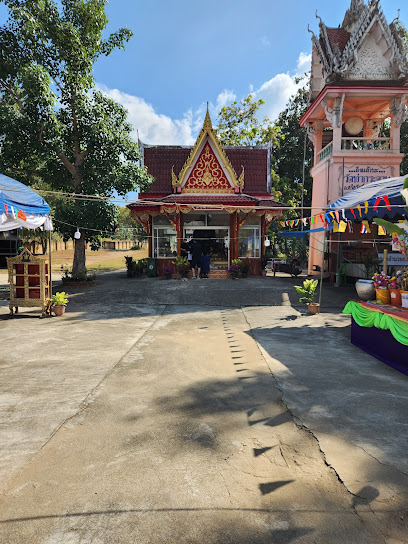
Erawan National Park Campsite
Experience the breathtaking beauty of Erawan National Park with stunning waterfalls, diverse wildlife, and serene camping amidst nature's wonders.
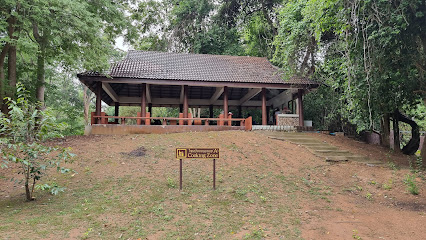
Khao Nam Pu Nature and Wildlife Education Center
Explore the beauty of Khao Nam Pu Nature and Wildlife Education Center, a sanctuary for wildlife and nature enthusiasts in Kanchanaburi, Thailand.
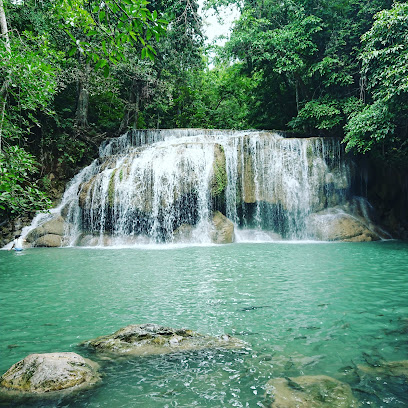
Chao Dong Raft
Experience thrilling rafting adventures and stunning natural beauty at Chao Dong Raft in Kanchanaburi, Thailand, perfect for all adventure enthusiasts.
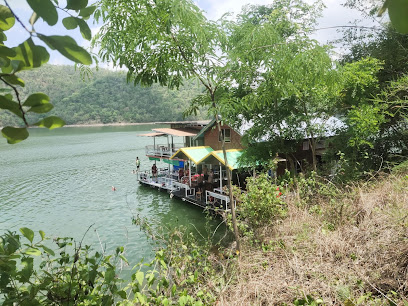
Markets, malls and hidden boutiques
Erawan National Park
Explore Erawan National Park: A breathtaking natural wonder in Kanchanaburi with stunning waterfalls and lush trails.
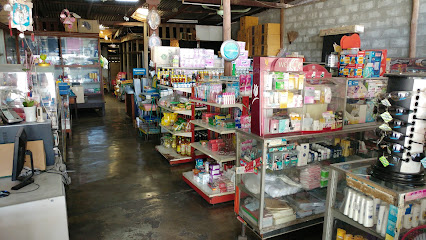
Erawan Municipal Food Market
Experience the vibrant flavors of Thailand at Erawan Municipal Food Market, where authentic dishes and local culture come together in Kanchanaburi.
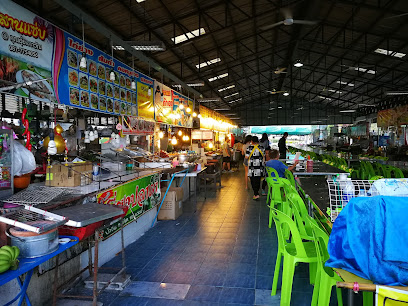
Khunpol Erawan Coffee
Discover tranquility at Khunpol Erawan Coffee, where lush surroundings meet delightful coffee and meals in Kanchanaburi.
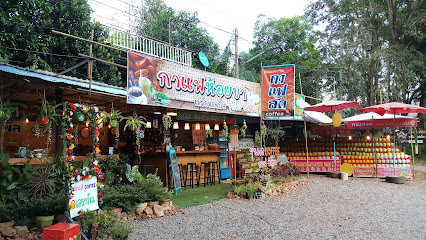
RaftDara Erawan
Experience a serene escape at RaftDara Erawan, a perfect resort hotel in Kanchanaburi, Thailand, blending nature with relaxation and adventure.

Coffee Tea Milk
Discover Coffee Tea Milk in Kanchanaburi: where every sip is a moment of tranquility amidst stunning natural beauty.
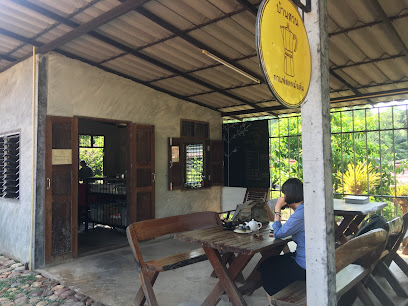
Erawan Fishing
Experience the tranquility of fishing in Kanchanaburi at Erawan Fishing, where nature and adventure await every angler.
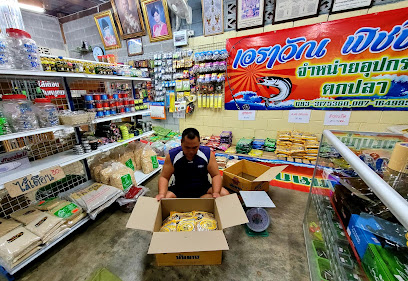
7-Eleven
Experience the ultimate convenience and local flavors at 7-Eleven in Kanchanaburi, your all-in-one stop for snacks and essentials.
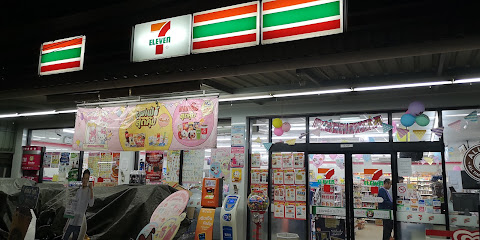
OTOP ไลฟ์สไตล์เอราวัณ
Discover the essence of Thai hospitality at OTOP ไลฟ์สไตล์เอราวัณ, a charming café in Kanchanaburi offering local flavors and stunning views.
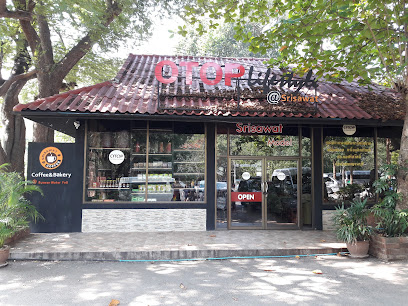
ก๋วยเตี๋ยวเรือหม้อไฟ
Discover the authentic flavors of Thailand at ก๋วยเตี๋ยวเรือหม้อไฟ, a must-visit noodle shop in Kanchanaburi with delightful cakes and coffee.
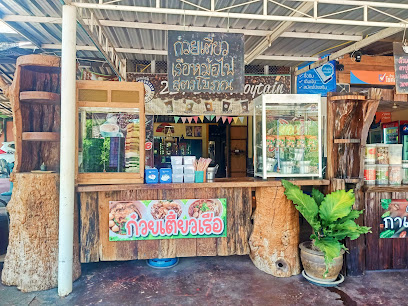
ร้านวรรณงาม
Explore the authentic flavors of Thailand at ร้านวรรณงาม, a charming grocery store in Kanchanaburi showcasing local products and culinary delights.
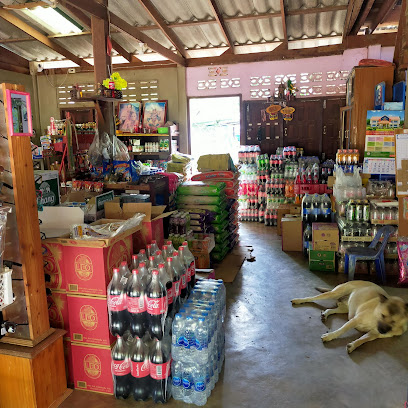
Sim-baeng slowbar
Discover tranquility at Sim-baeng Slowbar, the perfect coffee retreat in the heart of Kanchanaburi's breathtaking landscapes.
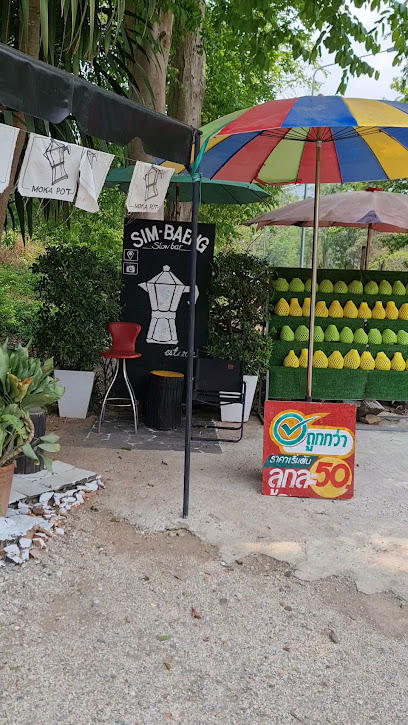
KHMการค้า
Discover unique Thai handicrafts and souvenirs at KHMการค้า in Kanchanaburi, where every purchase tells a story.
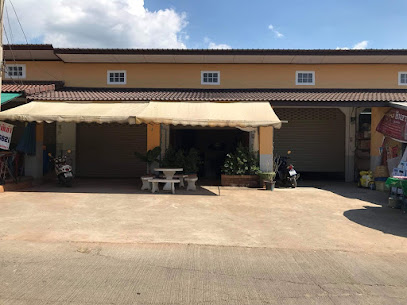
ร้าน20บาท (ดูดซัง)
Discover the essence of Thai culture at ร้าน 20 บาท in Kanchanaburi, where affordability meets quality in a delightful grocery shopping experience.
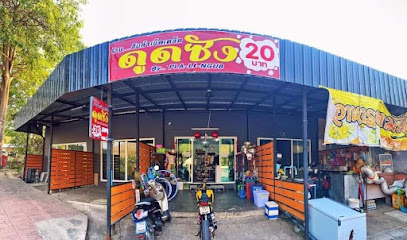
ร้านเจ๊น้องมือถือ&เฟอร์นิเจอร์เอราวัณ
Explore the latest mobile technology at ร้านเจ๊น้องมือถือ&เฟอร์นิเจอร์เอราวัณ, a premier cell phone store in Kanchanaburi offering exceptional products and service.
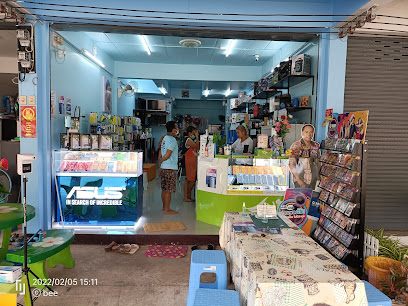
ร้านสถาพร มีนา
Discover authentic Thai flavors and local products at ร้านสถาพร มีนา in Kanchanaburi, a must-visit grocery store for every traveler.
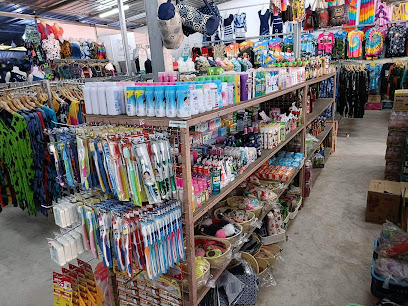
Essential bars & hidden hideouts
Baan Mook 5
Discover authentic Thai cuisine at Baan Mook 5, a charming restaurant near Erawan Waterfall, Kanchanaburi, perfect for tourists seeking local flavors.
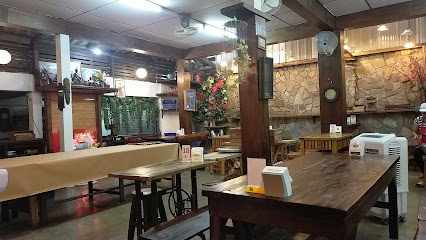
Bann Ton Nam
Discover the authentic taste of Thailand at Bann Ton Nam, a picturesque restaurant in Kanchanaburi, offering delicious cuisine amidst stunning landscapes.
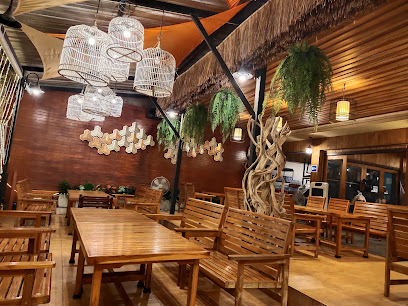
ร้านอาหารพี่โจ๊ะ ตำลั่นเขื่อน ไก่ย่างส้มตำแกงป่าริมน้ำแคว
Experience authentic Thai flavors at ร้านอาหารพี่โจ๊ะ, a riverside restaurant renowned for its grilled chicken and papaya salad in stunning Kanchanaburi.
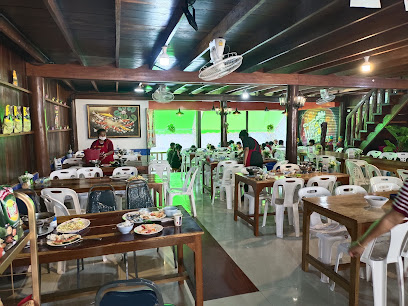
Khunpol Erawan Coffee
Discover the perfect blend of nature and flavor at Khunpol Erawan Coffee, a serene oasis in Kanchanaburi, Thailand, ideal for relaxation and refreshment.
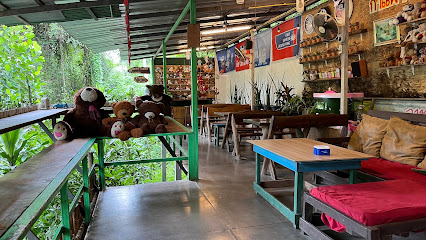
Phungoen Resort
Discover the flavors of Thailand at Phungoen Resort, where culinary excellence meets breathtaking natural beauty in Kanchanaburi.
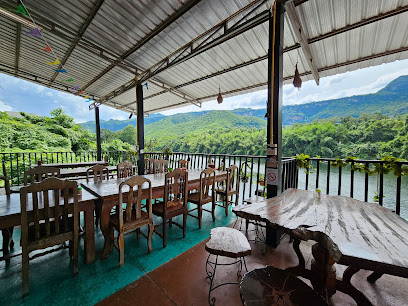
กัญชากาญ cannabis cafe and bar
Discover a unique cannabis-infused experience at กัญชากาญ Cannabis Cafe and Bar in Kanchanaburi, where relaxation meets local flavor.
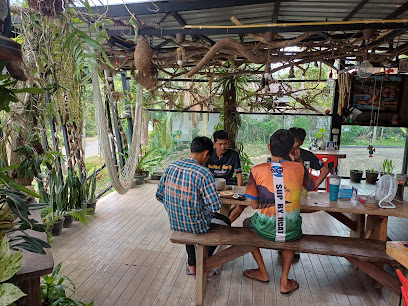
RaftDara Erawan
Experience the perfect blend of relaxation and adventure at RaftDara Erawan, a riverside bar and resort hotel in Kanchanaburi, Thailand.
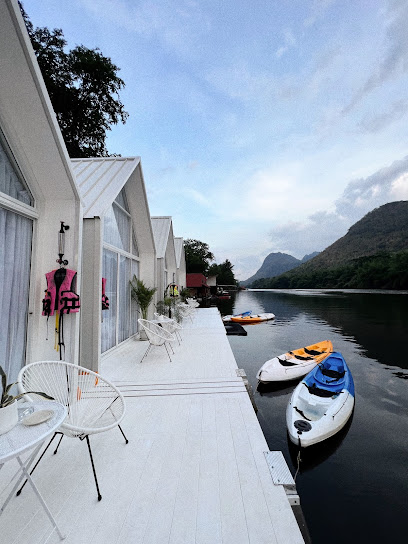
น้ำตกเอราวัณล้าน4
Experience the perfect blend of nature and Thai cuisine at Erawan National Park's scenic restaurant, a culinary gem amidst breathtaking waterfalls.
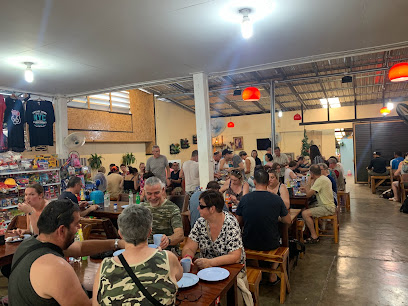
Sueb Suk House
Savor authentic Thai cuisine in a charming setting at Sueb Suk House, located in the picturesque Kanchanaburi region.
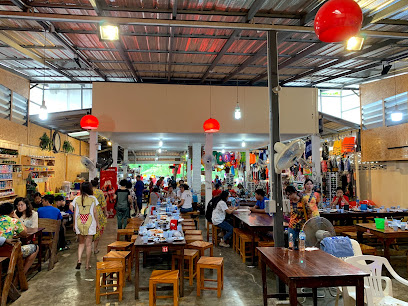
BAR TID KHAO
Experience the vibrant spirit of Kanchanaburi at Bar Tid Khao, where unique cocktails and a friendly atmosphere await.
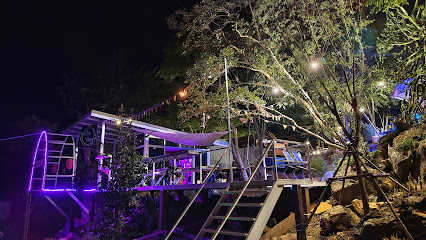
P'Joe restaurant near river kwai
Experience the authentic flavors of Thailand at P'Joe Restaurant, an idyllic riverside dining spot in Kanchanaburi.
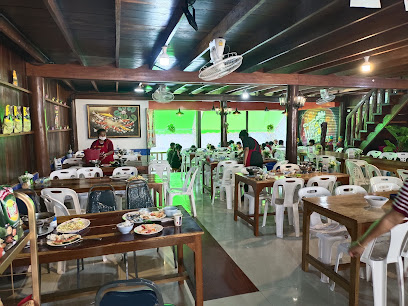
Pook Restaurant (No. 6), Erawan National Park
Experience authentic Thai cuisine amidst the breathtaking landscapes of Erawan National Park at Pook Restaurant, your culinary oasis in nature.
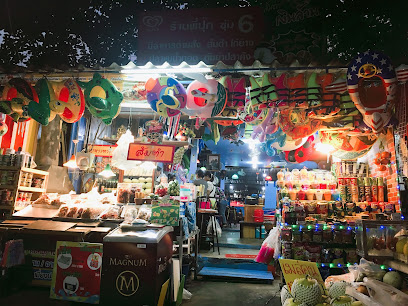
แพโชคสมาน
Discover the flavors of authentic Thai cuisine at แพโชคสมาน, a culinary gem in the heart of Kanchanaburi, surrounded by nature's beauty.
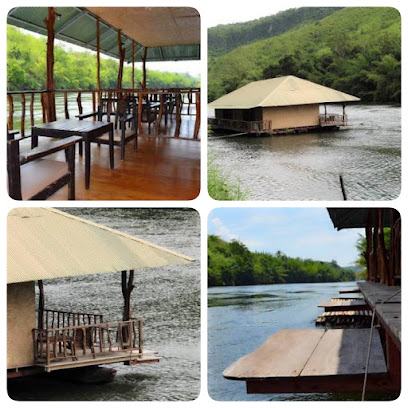
Restaurant no. 7
Experience the authentic flavors of Thai cuisine at Restaurant No. 7, a hidden gem in Kanchanaburi surrounded by natural beauty.
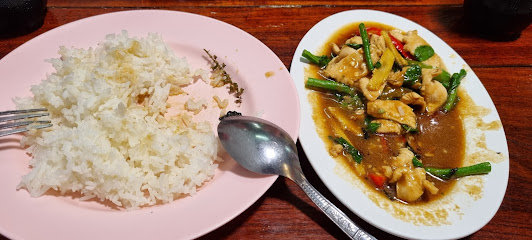
Erawan Mountain Beach
Experience tranquility and adventure at Erawan Mountain Beach, a hidden gem in Kanchanaburi, Thailand, perfect for relaxation and exploration.
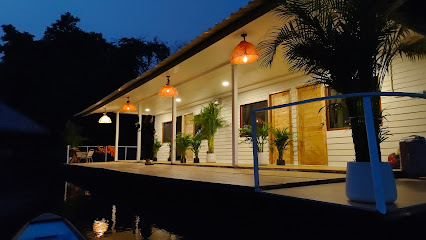
Local Phrases about Erawan National Park
-
- Helloสวัสดี
[sawasdee] - Goodbyeลาก่อน
[la kon] - Yesใช่
[chai] - Noไม่
[mai] - Please/You're welcomeโปรด/ยินดี
[prode/yindee] - Thank youขอบคุณ
[khob khun] - Excuse me/Sorryขอโทษ
[khor toht] - How are you?สุขสันต์ไหม
[suk san mai] - Fine. And you?สบายดี และคุณ
[sabai dee lae kun] - Do you speak English?คุณพูดภาษาอังกฤษได้ไหม
[kun poot paa saa angkrit dai mai] - I don't understandฉันไม่เข้าใจ
[chan mai khao jai]
- Helloสวัสดี
-
- I'd like to see the menu, pleaseฉันอยากดูเมนู โปรด
[chan yak du menu prode] - I don't eat meatฉันไม่กินเนื้อ
[chan mai kin neu] - Cheers!ชน
[chon] - I would like to pay, pleaseฉันอยากจ่ายเงิน โปรด
[chan yak chai ngern prode]
- I'd like to see the menu, pleaseฉันอยากดูเมนู โปรด
-
- Help!ช่วยด้วย
[chuai duay] - Go away!ไปทางนั้น
[pai tang nan] - Call the Police!โทรตำรวจ
[thor tamruat] - Call a doctor!โทรหมอ
[thor mo] - I'm lostฉันหลงทาง
[chan long tang] - I'm illฉันไม่สบาย
[chan mai sabai]
- Help!ช่วยด้วย
-
- I'd like to buy...ฉันอยากซื้อ...
[chan yak seu...] - I'm just lookingฉันแค่ดู
[chan khae du] - How much is it?ราคาเท่าไหร่
[ra ka thao rai] - That's too expensiveแพงไป
[paeng pai] - Can you lower the price?ลดราคาได้ไหม
[lot ra ka dai mai]
- I'd like to buy...ฉันอยากซื้อ...
-
- What time is it?กี่โมงแล้ว
[gee mong laeo] - It's one o'clockเป็นโมงเดียว
[pen mong diao] - Half past (10)ครึ่ง 10
[khrung sip] - Morningเช้า
[chao] - Afternoonบ่าย
[bai] - Eveningเย็น
[yen] - Yesterdayเมื่อวาน
[meua wan] - Todayวันนี้
[wan nee] - Tomorrowพรุ่งนี้
[phung nee] - 1หนึ่ง
[neung] - 2สอง
[song] - 3สาม
[sam] - 4สี่
[see] - 5ห้า
[ha] - 6หก
[hok] - 7เจ็ด
[jet] - 8แปด
[paet] - 9เก้า
[kao] - 10สิบ
[sip]
- What time is it?กี่โมงแล้ว
-
- Where's a/the...?...อยู่ที่ไหน
[...yoo tee nai] - What's the address?ที่อยู่คืออะไร
[tee yoo keu arai] - Can you show me (on the map)?แสดงให้ฉันดูได้ไหม
[sa dang hai chan du dai mai] - When's the next (bus)?รถคันต่อไปเมื่อไหร่
[rot kan tor pai meua rai] - A ticket (to ....)ตั๋ว(ไป...)
[dtua (pai...)]
- Where's a/the...?...อยู่ที่ไหน
History of Erawan National Park
-
Erawan National Park, established in 1975, is named after the Erawan, a three-headed white elephant from Hindu mythology. The area has a rich history dating back thousands of years, evidenced by the many ancient cave paintings that depict the lives and activities of early human settlers. These early inhabitants relied on the abundant natural resources of the region, including the fertile land and plentiful water sources, for sustenance.
-
The park's most iconic feature, Erawan Falls, consists of seven tiers and spans over 1,500 meters. According to local folklore, the shape of the top tier of the waterfall resembles the three-headed elephant, Erawan. This legend has imbued the falls with cultural significance, making it a revered site for both locals and visitors.
-
Buddhism has had a profound impact on the region surrounding Erawan National Park. Numerous temples and shrines can be found within and around the park, reflecting the deep spiritual connection between the local communities and the natural environment. The caves within the park, such as Phra That Cave, have served as meditation sites for monks over the centuries.
-
During World War II, the region around Erawan National Park played a strategic role. The proximity to the Death Railway, built by Allied POWs under Japanese occupation, brings a somber historical significance to the area. Remnants of this era, including abandoned railway tracks and bridges, can still be found in the surrounding areas, serving as poignant reminders of the past.
-
In 1975, Erawan National Park was officially established as Thailand's 12th national park. The creation of the park was part of a broader effort to preserve Thailand's natural beauty and biodiversity. The park encompasses 550 square kilometers of lush forests, limestone hills, and diverse wildlife, making it a crucial area for conservation and eco-tourism.
-
Erawan National Park is home to a diverse array of flora and fauna, some of which are endemic to the region. Conservation efforts have been pivotal in protecting species such as the sambar deer, wild elephants, and numerous bird species. The park's dense forests also house a variety of plant species, including rare orchids and medicinal plants, which have been used by local communities for generations.
-
The local communities around Erawan National Park celebrate various cultural festivals and traditions that are deeply intertwined with the natural environment. Festivals such as Songkran (Thai New Year) and Loy Krathong (Festival of Lights) see locals and visitors alike partaking in rituals and celebrations that honor the water bodies and natural beauty of the park.
Erawan National Park Essentials
-
Erawan National Park is located in Kanchanaburi Province, approximately 200 kilometers northwest of Bangkok. The most convenient way to reach the park is by taking a bus from Bangkok's Southern Bus Terminal (Sai Tai Mai) to Kanchanaburi, which takes around 2-3 hours. From Kanchanaburi, you can catch a local bus or hire a taxi to Erawan National Park, which is about 65 kilometers away and takes roughly 1.5 hours.
-
Within Erawan National Park, transportation options are limited. The park is best explored on foot, with well-marked trails leading to its main attractions, such as the Erawan Waterfall. For those who prefer not to hike, there are park-operated shuttle services that can take you closer to key sites. Taxis and motorcycle rentals are available in Kanchanaburi for those who want to explore the surrounding areas.
-
The official currency in Thailand is the Thai Baht (THB). While credit cards are accepted in some establishments in Kanchanaburi, it is advisable to carry cash, as smaller vendors and park services may not accept cards. ATMs are available in Kanchanaburi, but it's a good idea to withdraw sufficient cash before heading to the park.
-
Erawan National Park is generally considered safe for tourists. However, it is always wise to stay vigilant. Avoid isolated areas after dark and keep an eye on your belongings. Petty theft can occur, so secure your valuables. Be cautious when swimming in the waterfalls, as rocks can be slippery. There are no specific high-crime areas within the park targeting tourists.
-
In case of an emergency, dial 191 for police assistance or 1669 for medical emergencies. The park has ranger stations equipped to handle minor medical issues. For more serious medical emergencies, the nearest hospital is in Kanchanaburi. Always carry travel insurance that covers medical emergencies and be aware of the location of the nearest ranger station.
-
Fashion: Do wear comfortable, breathable clothing suitable for hiking. Avoid wearing revealing clothing. Religion: Do respect local customs and religious sites by dressing modestly. Public Transport: Do be respectful and patient when using local buses or taxis. Don't complain openly about service; discuss issues privately. Greetings: Do greet people with a traditional Thai 'wai', a slight bow with hands pressed together. Eating & Drinking: Do try local foods and accept food offerings graciously. Don't refuse food or drink, as it may be considered impolite.
-
To experience Erawan National Park like a local, visit early in the morning to avoid crowds and the afternoon heat. Bring a picnic to enjoy by the waterfalls, as locals often do. Engage with park rangers and local guides, who can offer valuable insights into the park's flora and fauna. Don't miss the opportunity to explore the park's lesser-known trails for a more secluded experience.
Nearby Cities to Erawan National Park
-
Things To Do in Ayutthaya
-
Things To Do in Bangkok
-
Things To Do in Samut Prakan
-
Things To Do in Hua Hin
-
Things To Do in Pattaya
-
Things To Do in Rayong
-
Things To Do in Sukhothai
-
Things To Do in Hpa-An
-
Things To Do in Nakhon Ratchasima
-
Things To Do in Kyaiktiyo
-
Things To Do in Yangon
-
Things To Do in Chumphon
-
Things To Do in Trat
-
Things To Do in Loei
-
Things To Do in Battambang






